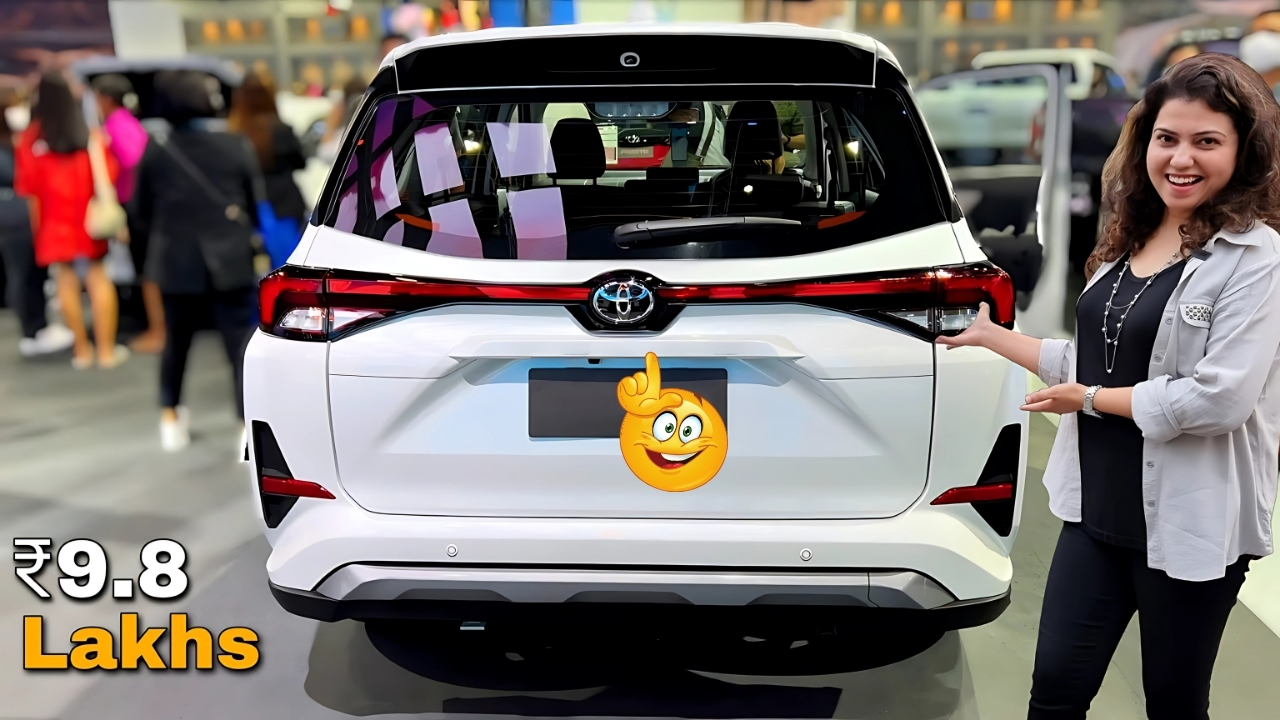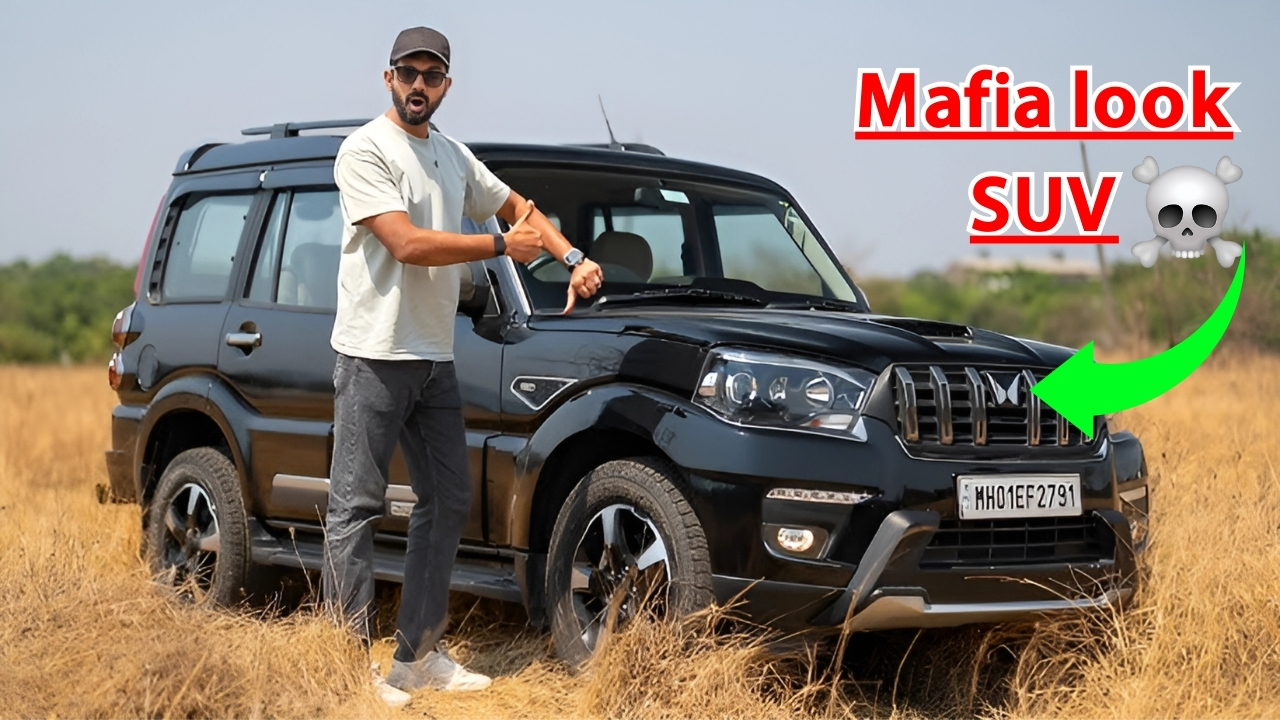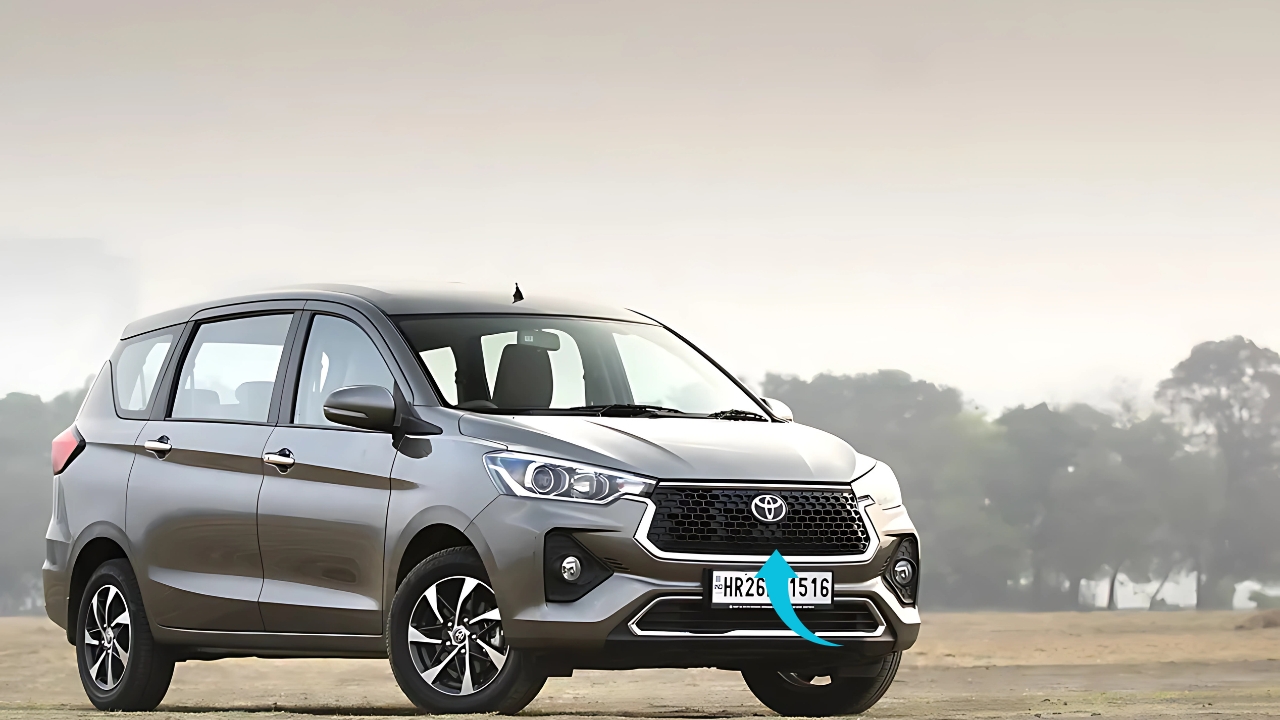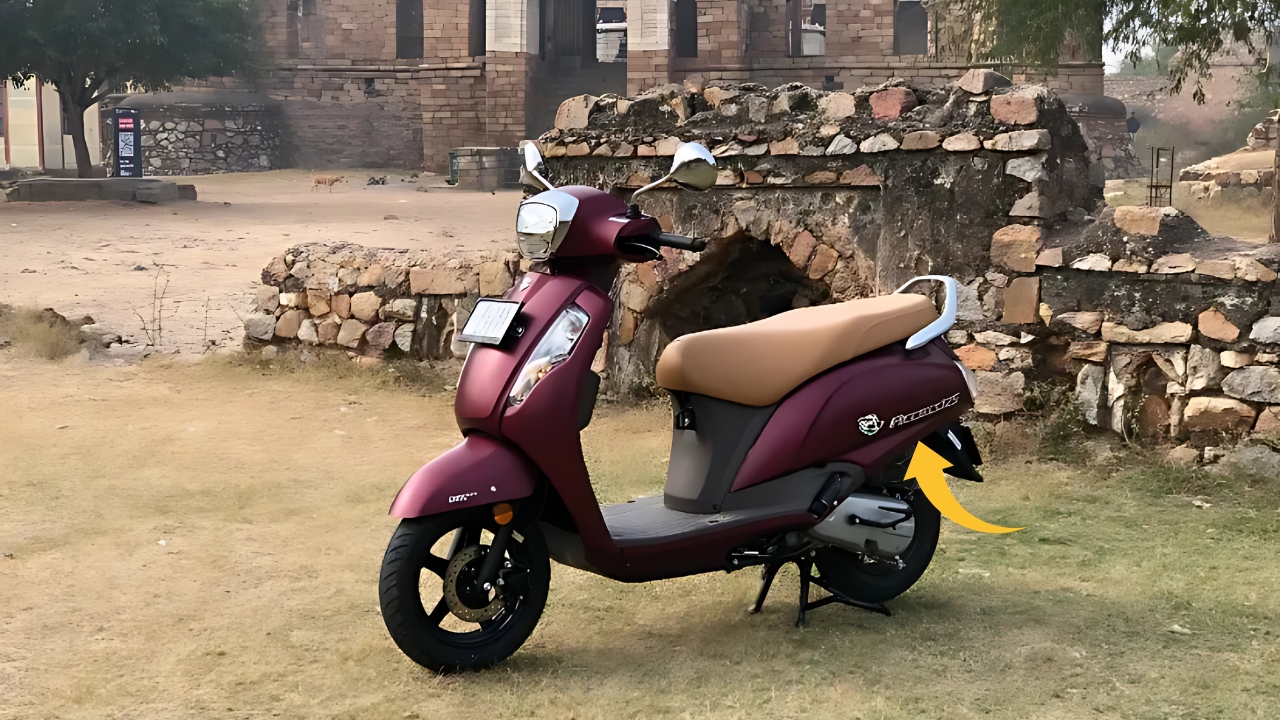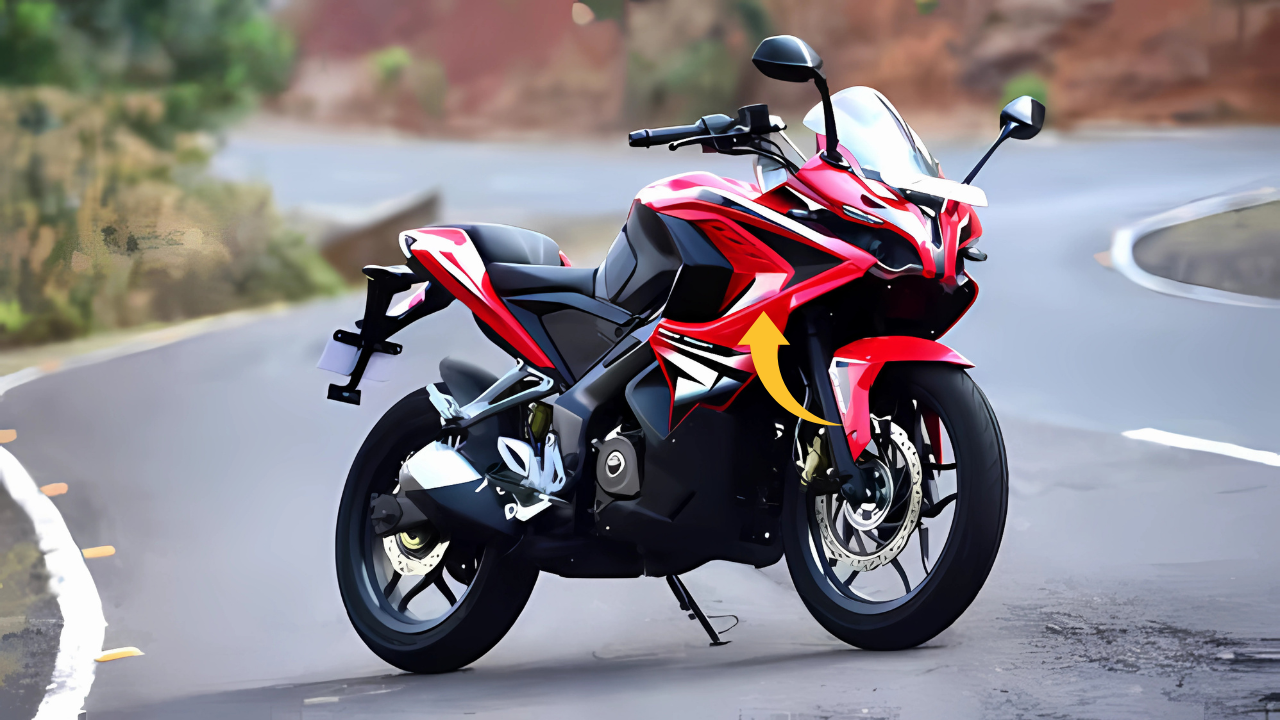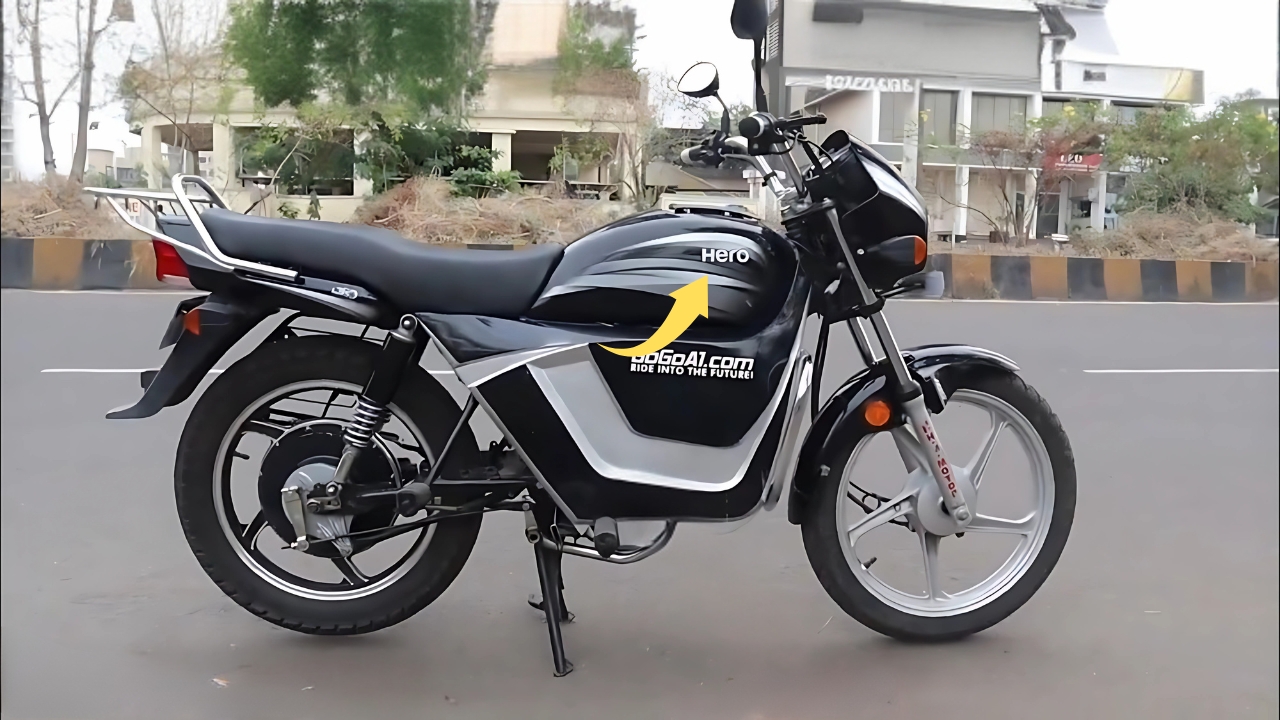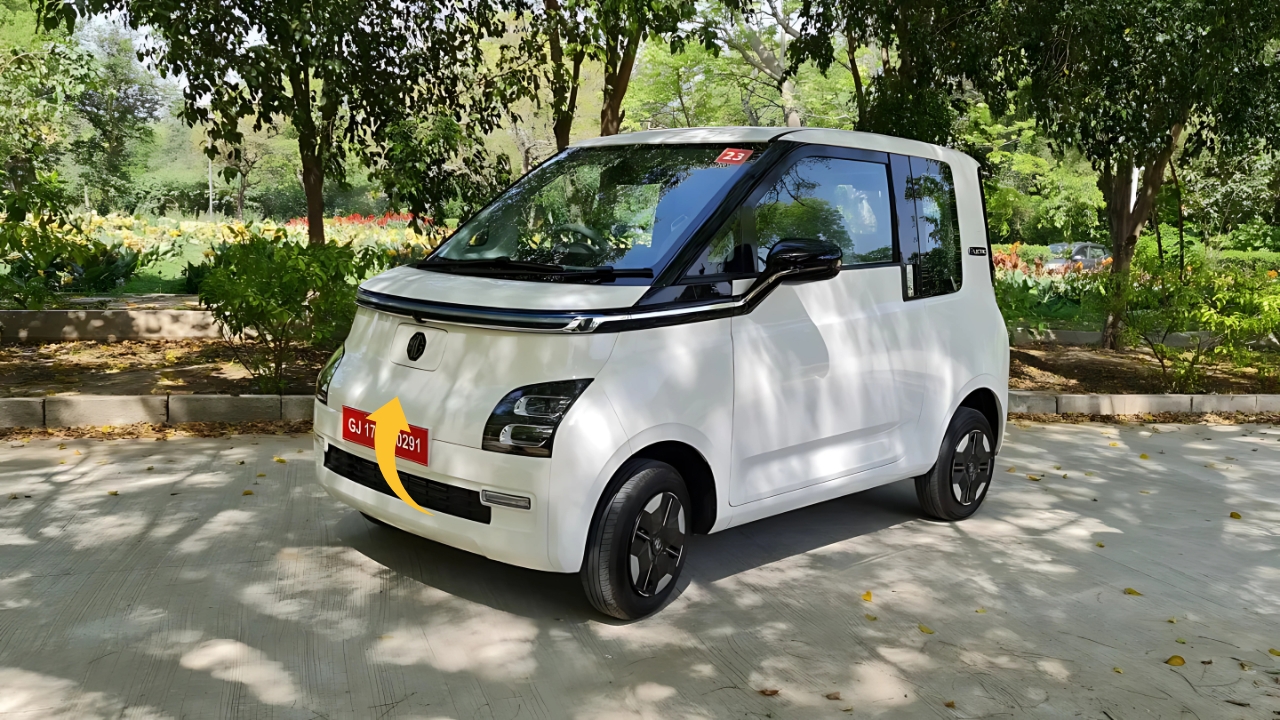Mini Fortuner: The Indian auto sector is rife with rumors as Toyota is said to be working on launching a downsized version of its legendary Fortuner.
This is a strategic move on Toyota’s part, aimed at claiming a slice of the accessible off-roader market that is currently largely dominated by the Mahindra Thar.
According to insiders, this sub-Fortuner, and informally known as the Mini Fortuner, will evoke the Toyota brand’s industry leading reliability and purposeful off-road ability in a smaller, more affordable package.
Table of Contents
Mini Fortuner Heritage-Inspired Design
The mini-Fortuner is likely to retain strong resemblance to its big brother, but proportions will be now better apt for technical off-road terrains.
Early sketches indicate a vehicle that straddles the line between rugged utility and modern design – complete with bold grille treatment and slim LED headlights to resemble the Toyota.
Unlike most small SUVs which it is inspired from, it’s a little more – insiders suggest Mercedes will bring forth some real life, off-road capability with the Mini Fortuner.
According to Motor1’s source, the shape of the vehicle was chosen based primarily on its supposed off-road purpose, with minimal front and rear overhangs to improve approach and departure angles.
Coupled with an anticipated ground clearance of around 210mm, the Force Gurkha has the potential to be a good counterpart to the Thar’s 219mm, and the 10mm more track may work for higher stability on demanding terrains. These are for proper dimensions as Toyota knows cosmetic treatments alone won’t get you into or out of the woods.
Engineered for Adventure
Under the Mini Fortuner’s skin lies the raison d’etre for its existence. Unlike today’s urban crossovers, the compact off-roader is reportedly underpinned by a ladder-frame chassis, a key decision that suggests it’s engineered to be tough and articulated, as opposed to stylish and comfortable.
This solid base would ensure the structural rigidity and support needed to handle long-term off-road driving, as well as offer a new distinction from soft-roaders.
Engines will most likely consist of a 2.4-liter turbo charged diesel engine generating around 148 hp and 350 Nm of torque. This output places it just right against the Thar’s 130 horsepower while also delivering the necessary low-end torque to be useful in technical off-road environments.
A petrol engine could feature as well, most likely a 2.0-litre non-turbocharged one to convince city folk who head the bush occasionally to jump on the band wagon.
The transfer case is rumored to have selectable four-wheel-drive modes with a real low-range choice — kit that the hardcore off-roaders supposedly must have.
Electronic traction helpers, such as a terrain management system with preset settings for various surfaces, would enhance the mechanical abilities while creating a vehicle that would be easier for novices to get a feel for off-roading.
Inside: Sophistication with Utility
If the Mini Fortuner manages to bring about any major differentiation, it will probably happen on the inside. Insider says Toyota has focused on finding a balance between hardiness and refinement inside, targeting a cabin that’s now more than a simple tool for work but which hasn’t lost its practical edge wherever you look.
The cabin is said to offer water-resistant upholstery, including rubberized mats in high-use areas and grab handles in key locations. Paired with the optional 8.0-inch frameless touchscreen is a gauge display with a mix of analog gauges and a digital display that’s dedicated to off-road data like vehicle articulation, approach and departure angles, and so on.
The latter is a data-dense interface we’ve not seen on many cars elsewhere before, and is designed to be a near real-time record of your technical driving performance – something the enthusiast will appreciate: not typically seen elsewhere in this price bracket.
The seating seems to be designed for both comfort and functionality, and the rear bench appears to offer enough space (at last) for adult-sized human beings—quite an improvement on the rather cramped rear quarters in the Thar, that.
The anticipated trunk space with split-folding rear seats would add more flexibility for weekend getaways — no need for luggage racks.
Technology Integration
The Intelligent features born out of our thinking of us, and that is what the mini Fortuner is believed to have, with technology that is well thought out and makes the world of a difference capacity wise and for practicality.
For your navigational needs, the touchscreen infotainment is smartphone-compatible and has dedicated mapping with topographical details.
Connectivity features let you share routes or keep track of your location during group outings, features that are especially helpful when you ride in the pack.
Safety bits comparte several airbags with hills descends control, and adjustable electronic stabilization control to the off-road.
Addition of a 360-degree camera system, with unique views for maneuvering in tight spots is proof that Toyota is aware on the challenges of urban off-road driving.
Combined, these features manage both safety considerations and functional needs without introducing an unnecessary level of technical complexity.
MARKET POSITIONING AND STRATEGY
The most interesting part of Toyota’s rumored plan however, is the price tag that the Mini Fortuner will feature. Thar will be placed below your premium offerings such as the Compass in terms of pricing, It will create a stepping stone for those existing Thar owners which want that bit of more refinement who are not interested for the way higher price brackets.
This positioning is due to the fact that the market for lifestyle off-roaders is growing in India, with buyers wanting more from their vehicles than being simple tools for utility, instead seeing them as something that caters to their adventure-seeking soul.
It looks like the Mini Fortuner is something that aims on nabbing that piece of the pie with the right amount of capability, luxury and brand cachet.
Implications for Competition
Mini Fortuner coming calls is also arrives as a big booster in the form of mini off-roader relatively to the overtly grown up ORV market. This new competitor also leaves Mahindra, that saw a lot of success with the Thar, quite exposed to a re-thinking of strategies because if Toyota enters our market, it’s a “big bad wolf” type of a company that boasts in its brand equity and the reliability factor coming into the segment.
Competition heating up should mean faster innovation by manufacturers of all stripes, with more feature-rich models eventually coming to market at similar price points.
This competitive environment results in an improved value proposition for consumers as it brings along with it expanded choices for buyers within the segment.
Mini Fortuner Conclusion
Though Toyota has yet to officially announced the existence of the Mini Fortuner makers in the industry tell us that this is a smart move, capitalizing on the increasing interest in real off road-worthy machines packed into smaller, more affordable vehicles.
As the Fortuner spirit is compacted into a smaller product, Toyota could be on the cusp to shake the established names and grow the space for lifestyle off-roaders.
For those who have had a hankering for the Fortuner, but could either not afford it or live with its mammoth dimensions, the Mini Fortuner might just be the sweet spot between what is capable versus what is comfortable for what it doesn’t really cost.
As rollout dates draw closer, this segment will no doubt receive more interest from the likes of manufacturers and vehicle buyers looking for the sort of vehicle that offers weekend adventure and weekday sense.
